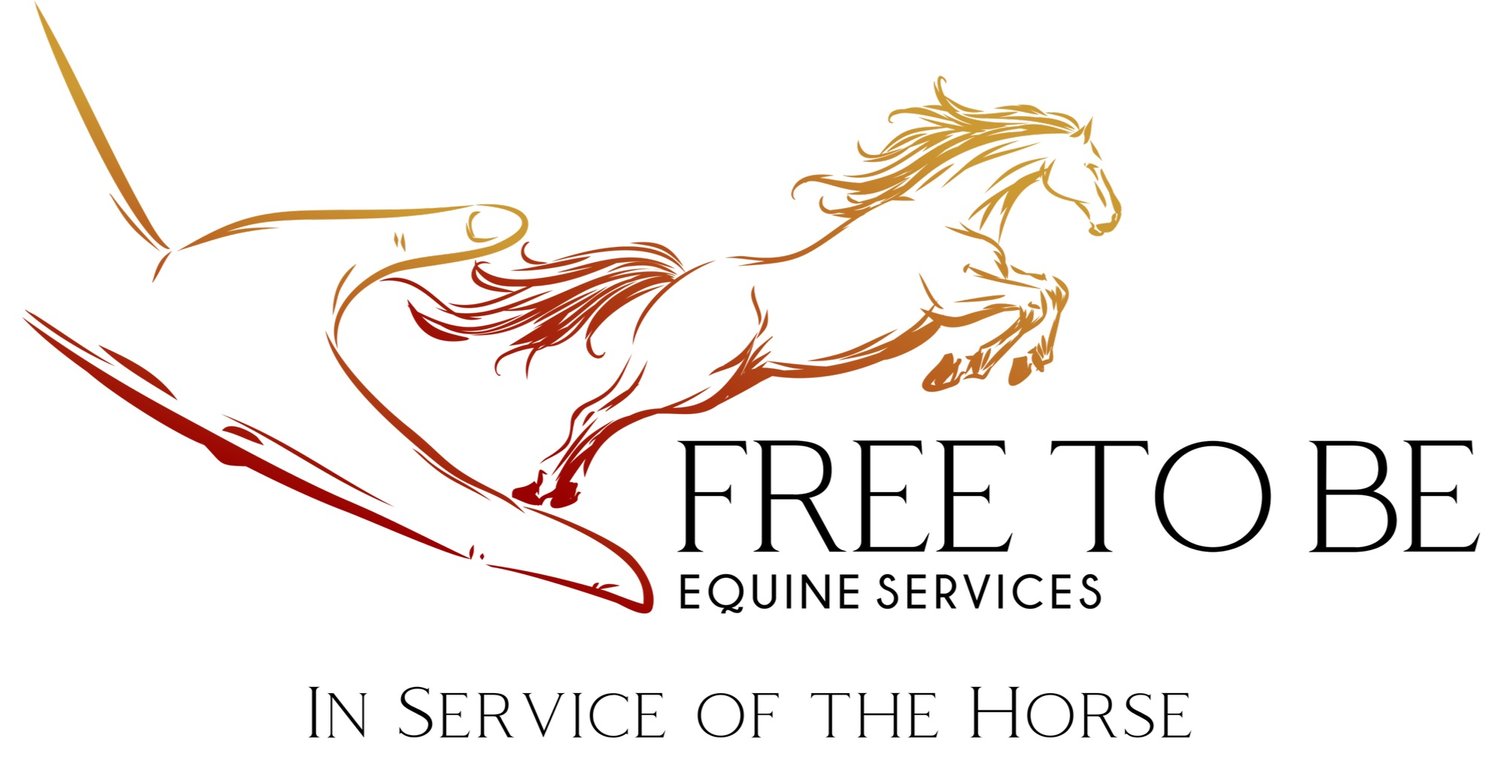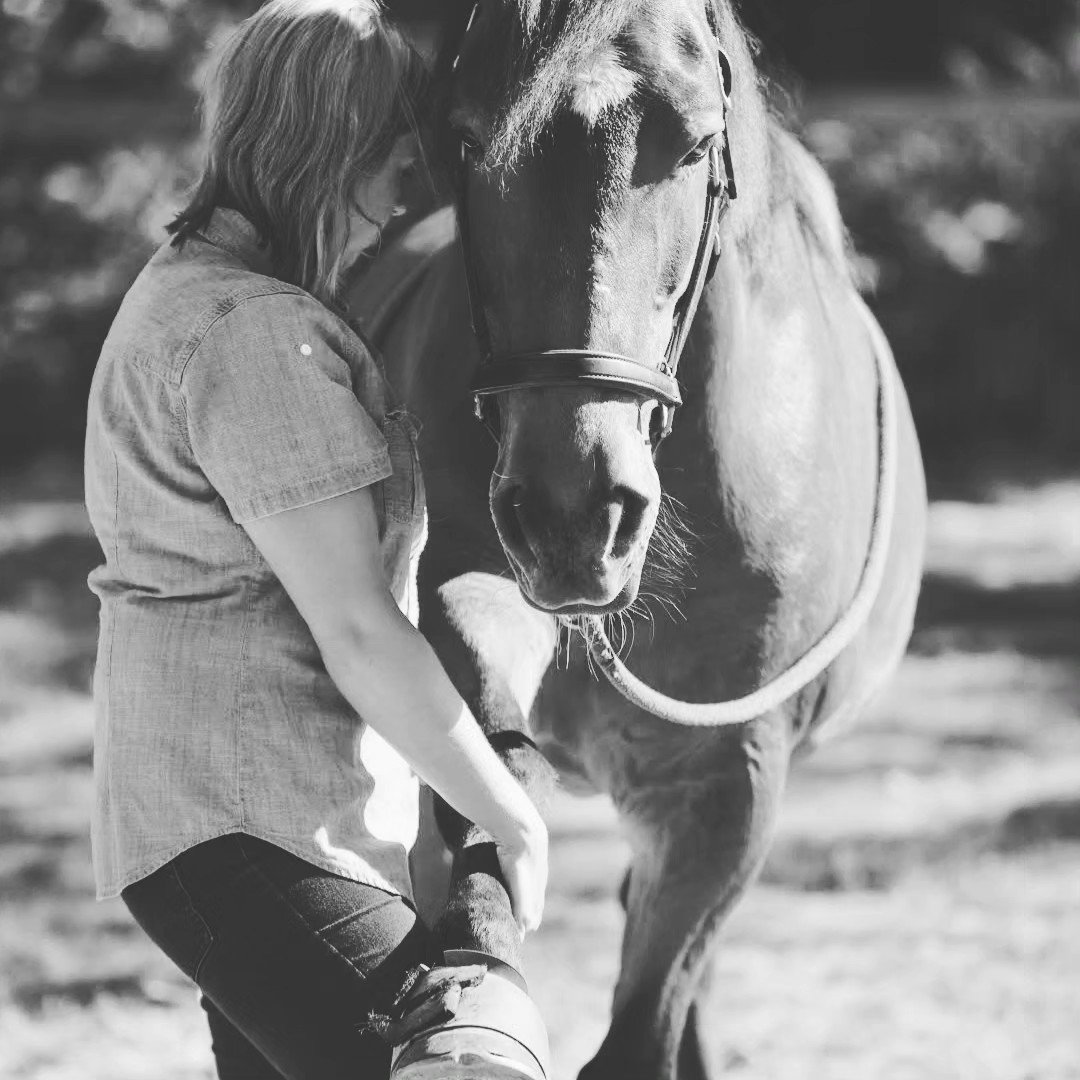It's important to me to use correct terminology in bodywork and to describe my findings and techniques accurately. That is the reason why you won't find me describing your horse as being "out", for example. That term is a serious misnomer to describe the mechanisms of what can actually occur in the body. Many are getting away from it now, but plenty of professionals use the term anyway because they think it's an easy way for the horse owner to understand that something wasn't right with that part of the body. I think that does a disservice to the horse owner. They should be getting correct, accurate information from their professionals so that they can fully understand what's going on with their horse and can make educated decisions about their care.
There are many examples like this. Describing everything as being "tight" and needing release is one. If we had no tension in our body, we would be jello on the floor - tensegrity holds us together. Expanding our professional vocabulary to describe what's actually going on beyond "tension" is important.
Another example is that a lot of commonly prescribed exercises are called "stretches" when they are actually not stretches at all. I try to correct my clients when they call something a stretch that isn't actually that. If your intention is to stretch, but the goal of the exercise is something else, you could cause damage over time. It's important to understand the mechanism and outcome of the exercise so that your intentions match the exercise and it can be done correctly.
Science is ever-evolving, so sometimes I change my terminology to keep up with newer information and understanding around anatomy and physiology. I'm also only human and as my education advances I find new and more accurate ways of describing things. This is normal for everyone involved with horses in any way - we are all constantly learning and growing!

